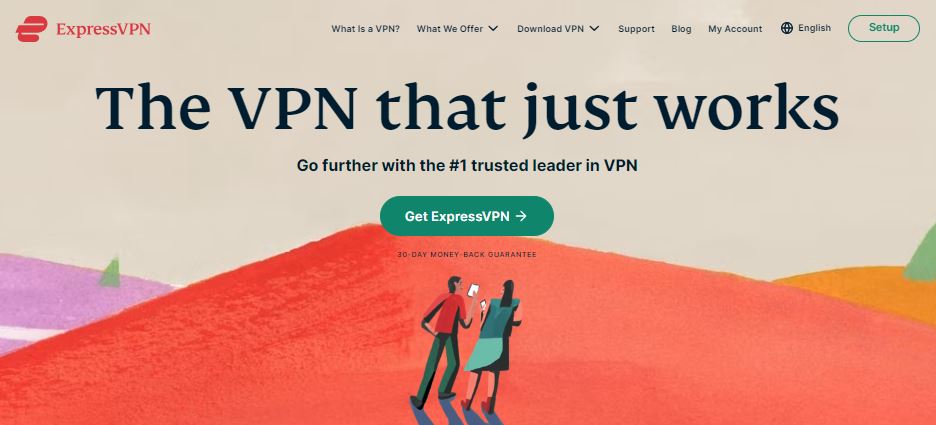
Using a VPN on Roatan is no different than anywhere else.
”Arguing that you don’t care about the right to privacy because you have nothing to hide is no different than saying you don’t care about free speech because you have nothing to say.”
Edward Snowden
First, what is a VPN?
I assume you might not be familiar with VPNs if you haven’t delved into YouTube videos explaining them.
VPNs encrypt the information you send, transmit it across the internet, and route it through a server located in another part of the world. This process conceals your location and, importantly, secures your data while it’s within the VPN.
While most people nowadays primarily associate VPNs with accessing streaming services from various countries, their core function is to mask the location from which you are streaming and encrypt all data traveling through the VPN, rendering it unreadable to prying eyes.
Why should you use a VPN?
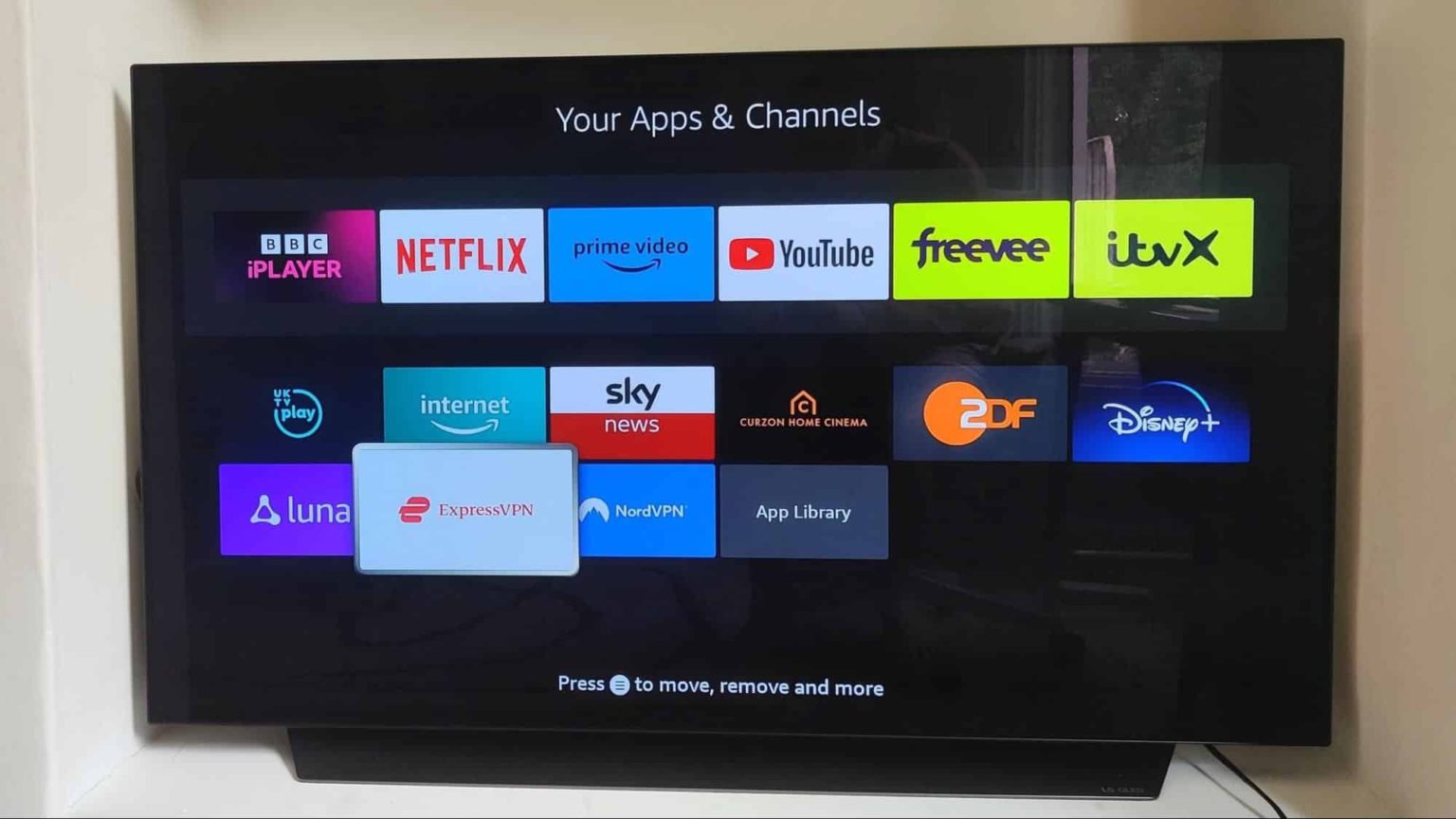
Without a VPN, your Internet Service Provider (ISP) can track a substantial portion of the traffic you generate. They can discern which websites you visit, the messaging platforms you use, whether you’re exploring the dark web, or utilizing illicit services like torrent sites that contain copyrighted material. On insecure websites, your passwords, emails, and other sensitive information are vulnerable to interception. Hence, VPNs should be considered essential for anyone who conducts financial transactions on the internet, as well as those who wish to access HBO or Prime content while abroad.
Which VPN service to choose?
I personally use ExpressVPN, but I also know of other reputable options such as NordVPN and Surfshark. If you have experience with a VPN service that works well on Roatan, please do share your insights. Quality VPN services typically cost around $100 per year. It is essential not to opt for a cheap VPN due to several critical reasons.
Foremost, when you use a cheap VPN, you rely on their bandwidth to connect to their servers in various countries. Having a robust internet connection through your ISP (e.g., Maxcom) becomes futile when trying to stream movies through a low-quality VPN. As soon as your data enters their network, your internet speed plummets, often making it impossible to stream any movies, let alone 4k content.
Secondly, a good VPN boasts servers worldwide. While this may not matter to everyone, Netflix users understand that certain movies available in countries like Japan and the Czech Republic may not be accessible in the USA. There are even websites that help you discover movies available in other countries, though their reliability can be questionable.
Thirdly, ExpressVPN offers exceptional technical support. They typically have support representatives available online, ready to assist with any issues you encounter. Whether you face problems like your TV freezing or receiving messages about VPN usage during streaming, they can provide guidance, including recommendations on the best routers to use.
Furthermore, with ExpressVPN, you can use up to five devices on a single VPN account simultaneously. As mentioned earlier, I am interested in hearing about your experiences, so please share your preferred VPN service and the reasons behind your choice. While I will use examples from ExpressVPN and provide links to it, the principles generally apply to all reputable VPN providers.
How do we use a VPN?
Now, let’s explore how to use a VPN on Roatan for streaming purposes. Although this article focuses on streaming, the principles largely hold true for other online services. Your specific configuration will depend on your goals, existing equipment, and budget.
ExpressVPN has the following apps and methods of installation:
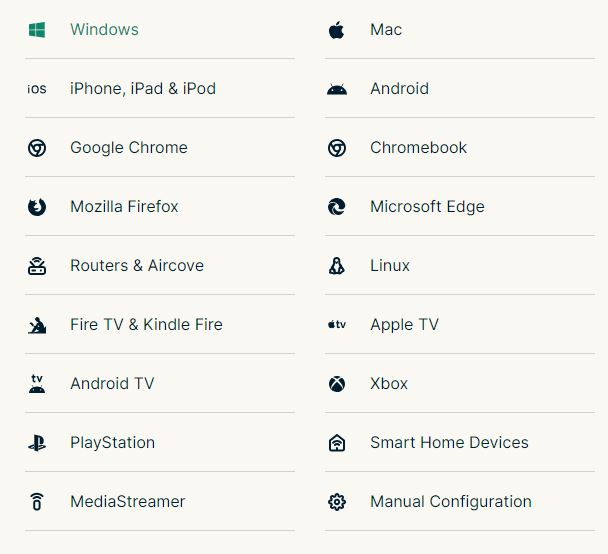
Configuration 1: The simplest!
The easiest approach is to utilize the application provided by your VPN provider.
Most reputable VPN services offer downloadable applications for various devices, including phones, tablets, Linux, Macs, Android, and Windows. So, if you plan to watch Netflix on a PC, an Apple device, or a mobile phone, download the relevant application for your device, follow the installation instructions, and start it up. Voila, you are virtually in another country.
ExpressVPN, for instance, offers applications for different devices. They have servers worldwide, allowing you to select your desired location. You can find tutorials on setting up these applications for each device here: https://www.expressvpn.com/support/vpn-setup/
These tutorials will guide you through each step and provide activation codes for the downloaded software, as well as a username and password, which can be quite complex and may require copy-pasting.
Installing the applications is generally straightforward; follow the provided instructions, and once installed on your device (phone/PC/tablet), you may want to configure it to launch automatically upon startup. This ensures that your device operates as if it were in the USA (or your chosen location) from the moment it boots up, enabling you to access streaming services seamlessly. If you encounter any issues, don’t hesitate to reach out to their help desk. Prime, for example, can be challenging to set up and may require specific servers in the USA.
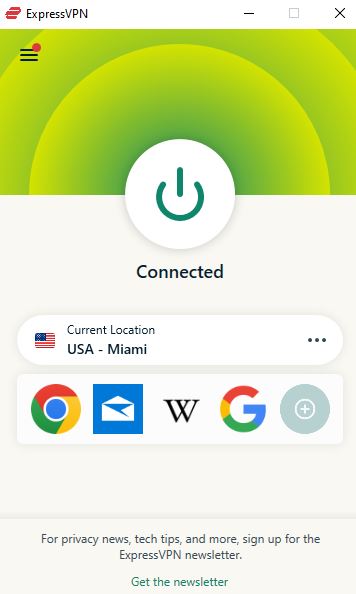
Configuration 2: Smart TV and/or Firestick, etc.
This option involves installing your VPN software directly on your smart TV. I own a Philips TV running Android, which allows me to install and configure the VPN, even restricting its use to specific TV programs like Netflix or Prime. However, some smart TVs have their operating systems, making VPN installation more complex or even impossible. If your smart TV doesn’t run Android and uses a different OS, you’ll need to explore alternative configurations.
Warning: While this method works well, there are occasions when you may need to manually start the VPN app and occasionally restart the TV for it to operate smoothly in your chosen location. Some streaming services may also detect your real location despite your VPN efforts, especially on Amazon Firesticks and certain smart TVs.
Configuration 3: Extending VPN to your entire house.
Using Maxcom as an example, when they provide you with a router, they typically only give you the Wi-Fi password, not the router’s admin password. This setup allows them to monitor and manage the traffic entering your home, which is advantageous for troubleshooting on their end but restricts your access to advanced router settings.
To overcome this limitation, you’ll need a device or devices positioned between Maxcom and your home network. Here are some recommendations:
- A mini router, suitable for a single device or devices in close proximity.
- A budget router that can be placed near your TV.
- Integration with a Mesh system, a solution often employed in large houses or hotels.
In my small, three-level house, I use a mesh router system comprising three nodes. This system also enables me to run OPEN VPN, which is free for smaller users. I’ve configured ExpressVPN on my mesh router, ensuring that my entire network operates within the VPN.
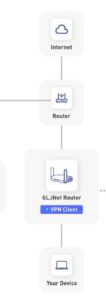
If you lack such a router system in your home, you can consider a device like the GL.iNet GL-AR300M16 Portable Mini Travel Wireless Pocket Router. to share.

This device can establish a VPN connection between one device on your network (e.g., your TV) and your home network, effectively relocating only that specific device. Changing the device’s location is as simple as accessing a web address within your network. While this device can be used for more complex scenarios, that falls outside the scope of this basic guide.
Another approach is to purchase an additional router that connects to your Maxcom router and broadcasts a separate Wi-Fi network. As long as the router supports OPEN VPN, you can configure it so that everything on that network operates through the VPN. Routers are relatively affordable if your requirements are as straightforward as described here. I have several spare routers in my collection, making it a convenient way to switch between the USA and Honduras; all you need to do is change the network your TV is connected to.
Several other methods exist, and the best choice depends on your specific needs, current setup, and willingness to invest in the setup. Numerous online videos are available to assist if you possess even a basic level of computer knowledge.
Please feel free to reach out to me with any questions or experiences you’d like